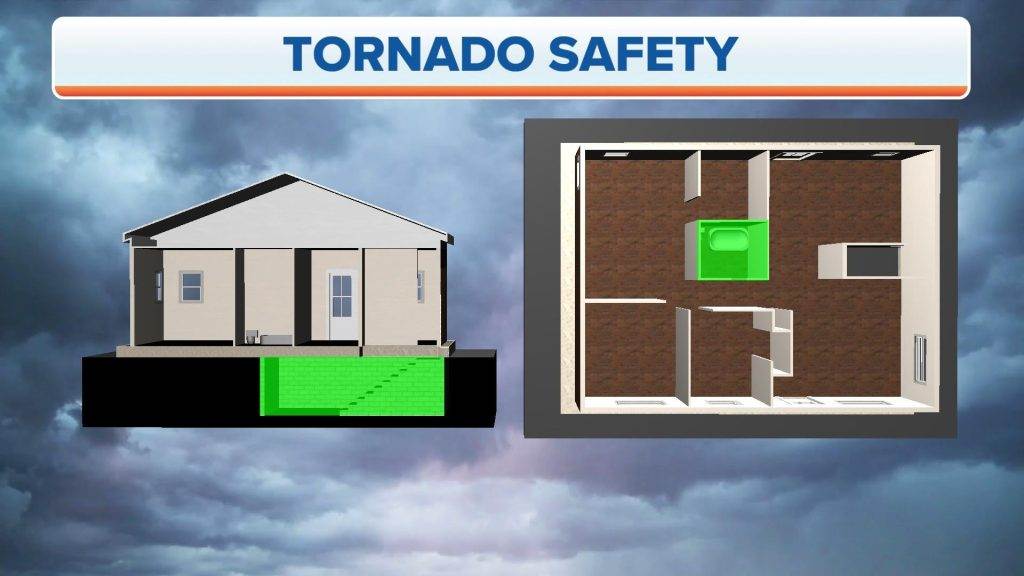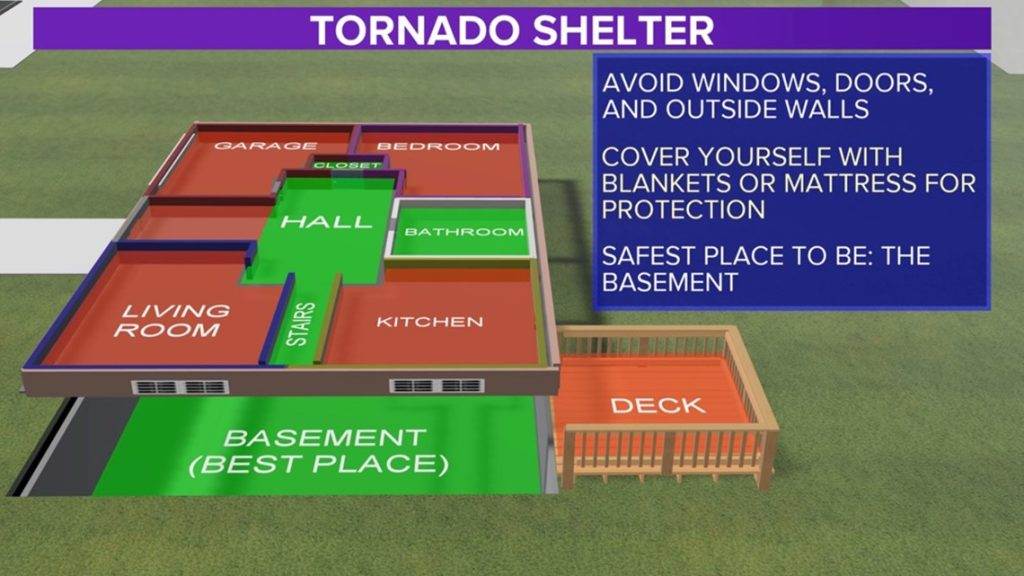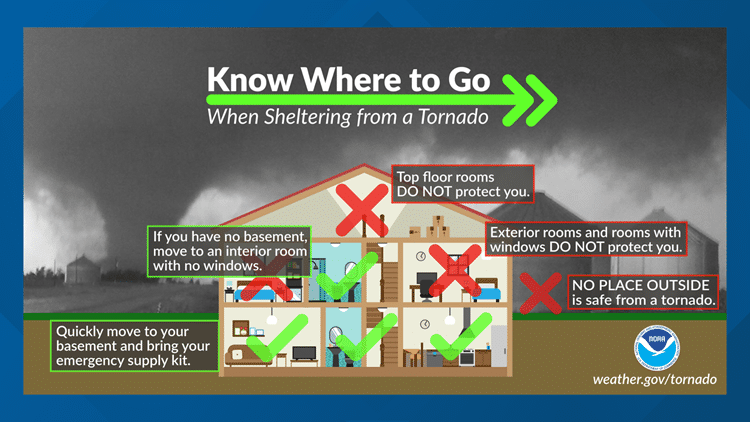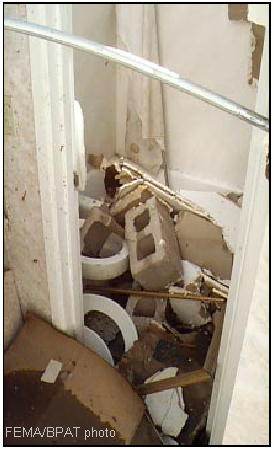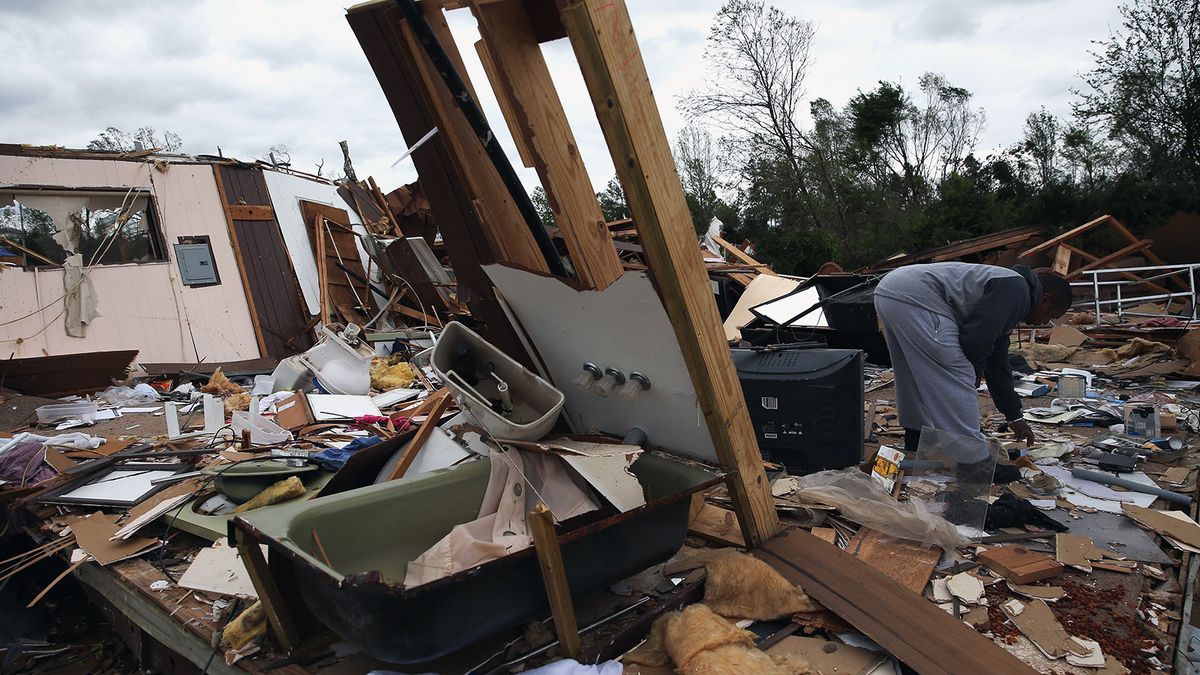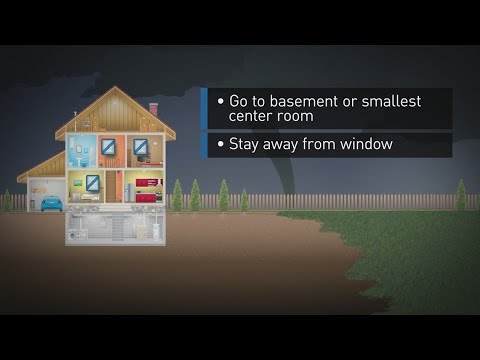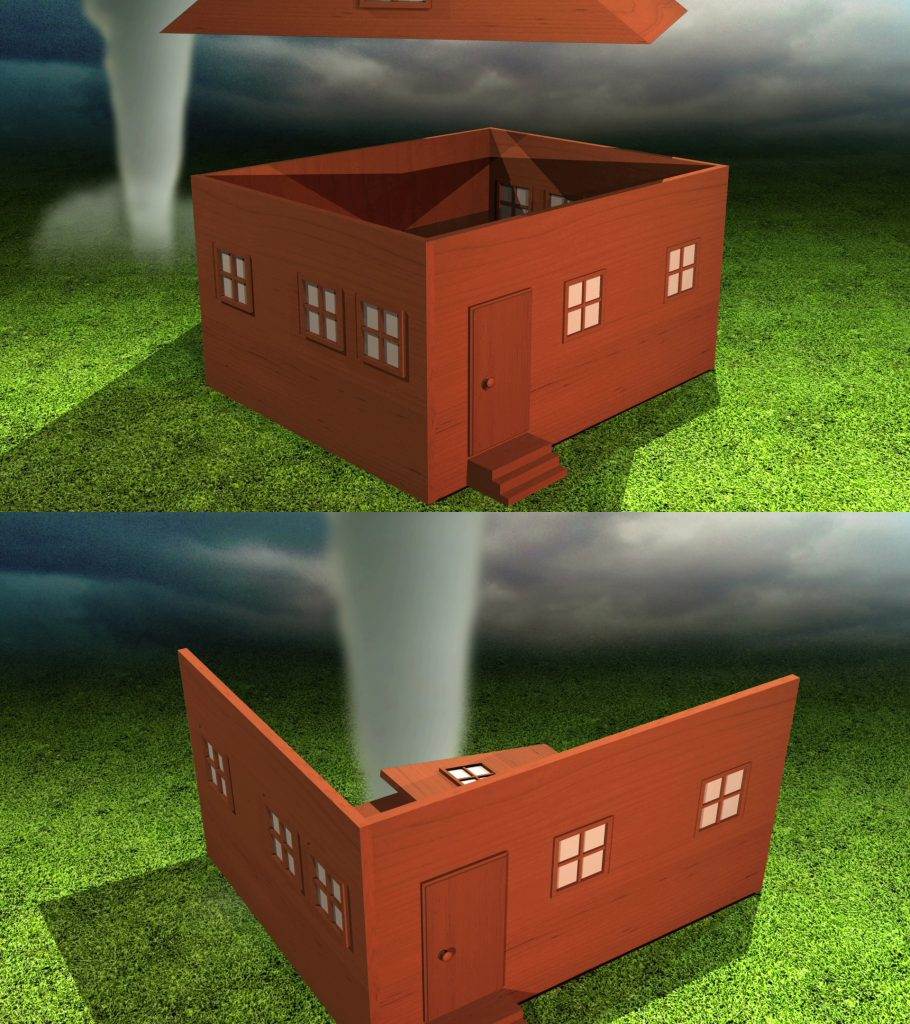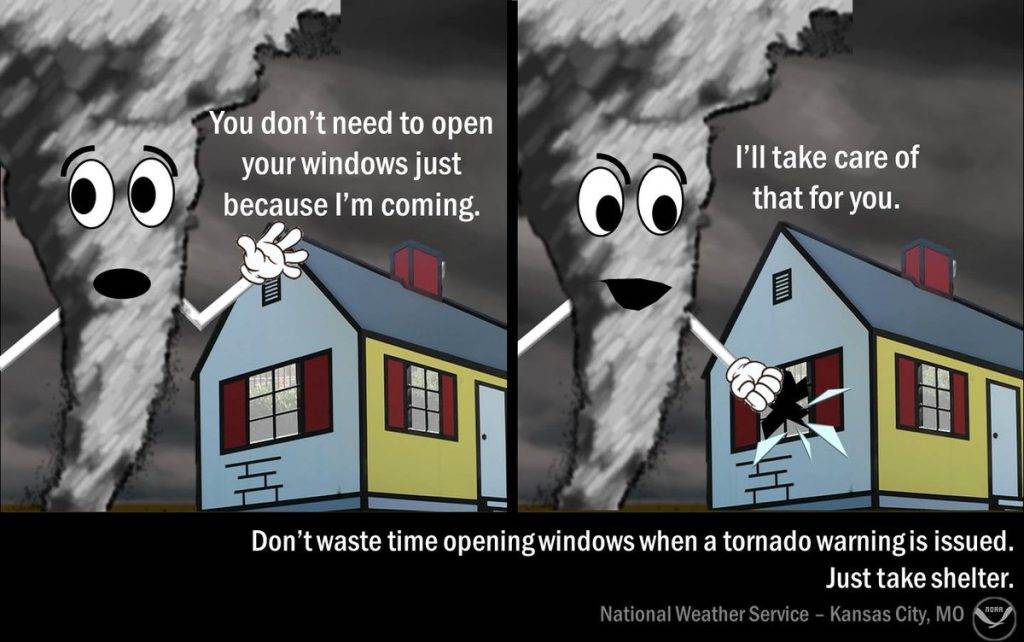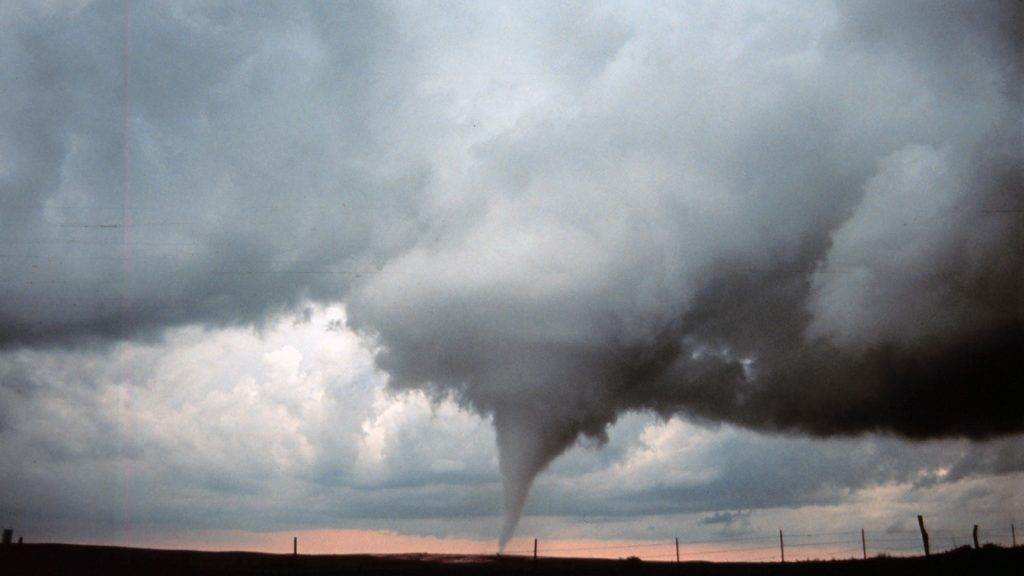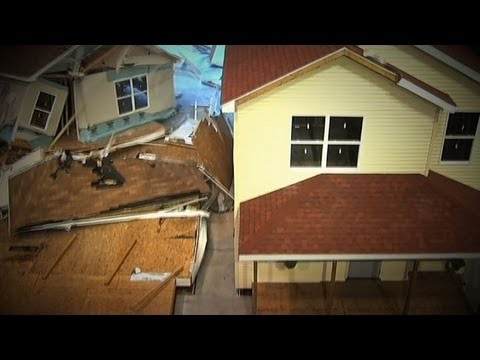So, you’re curious about the safety precautions that are taken during installation, huh? Well, you’ve come to the right place! In this article, we’re going to break down all the essential steps and measures that go into making sure installations are carried out safely and efficiently. From ensuring proper training and equipment to following strict protocols, you’ll be surprised at just how much goes into protecting both the workers and the installation site. So, buckle up and get ready to learn all about the top-notch safety precautions taken during installation!
1. Electrical Safety
When it comes to electrical safety during installation, there are several precautions that you should take to ensure your well-being. One of the most important steps is to ensure proper wiring. This means making sure that all electrical connections are secure and that the wiring is done according to the appropriate codes and standards. By ensuring proper wiring, you minimize the risk of electrical malfunctions or accidents.
Another crucial measure is turning off the power source before working with electrical components. This can be as simple as flipping the switch on a circuit breaker or shutting off the main power supply. By doing so, you eliminate the risk of electric shock or other injuries caused by accidentally coming into contact with live wires.
Using Ground Fault Circuit Interrupters (GFCIs) is another essential precaution to take. GFCIs are electrical safety devices that quickly respond to ground faults or leakages of current. They detect imbalances in the electrical currents and shut off the power supply to prevent electric shock. GFCIs should be installed in areas where water is present, such as kitchens, bathrooms, and outdoor outlets.
Wearing Personal Protective Equipment (PPE) is crucial for protecting yourself during electrical installations. This includes wearing insulated gloves, safety glasses, and appropriate clothing. Insulated gloves provide a barrier between your skin and the electric current, reducing the risk of injury. Safety glasses protect your eyes from potential sparks, debris, or chemicals that may be encountered during the installation process.
Testing voltage levels is another important safety measure. Before starting any electrical work, it is essential to use a voltage tester to ensure that the power is turned off and there is no electrical current running through the circuits. This step helps to verify that it is safe to proceed with the installation or repairs without the risk of electric shock.
2. Structural Safety
When it comes to structural safety during installation, evaluating load-bearing capacity is critical. You must assess whether the structure can safely support the weight and stress of the components or equipment being installed. This involves considering factors such as the weight distribution, material strength, and any existing structural weaknesses. By ensuring the load-bearing capacity is adequate, you reduce the risk of structural failure or collapse.
Assessing structural integrity is another vital step in ensuring the safety of the installation. This includes examining the condition of the existing structure, identifying any signs of damage or deterioration, and addressing them before proceeding with the installation. Structural integrity ensures that the installed components or equipment are secure and stable, minimizing the risk of accidents or structural failures.
Securing components and equipment is crucial to prevent them from becoming dislodged or falling during the installation process. This involves using appropriate fasteners, brackets, or support structures to secure the components in place. By properly securing the components, you reduce the risk of injuries caused by falling objects or unstable installations.
Using safety harnesses is important when working at heights or in elevated positions. Safety harnesses are designed to prevent falls and provide support and stability. By wearing a safety harness and properly attaching it to appropriate anchorage points, you can minimize the risk of injuries associated with working in elevated positions.
Maintaining safe distances from edges is another important consideration. Whenever working near edges, such as roofs, ledges, or balconies, it is crucial to maintain a safe distance to prevent accidental falls. This may involve implementing barriers or guardrails to create a buffer zone and ensure your safety during the installation process.
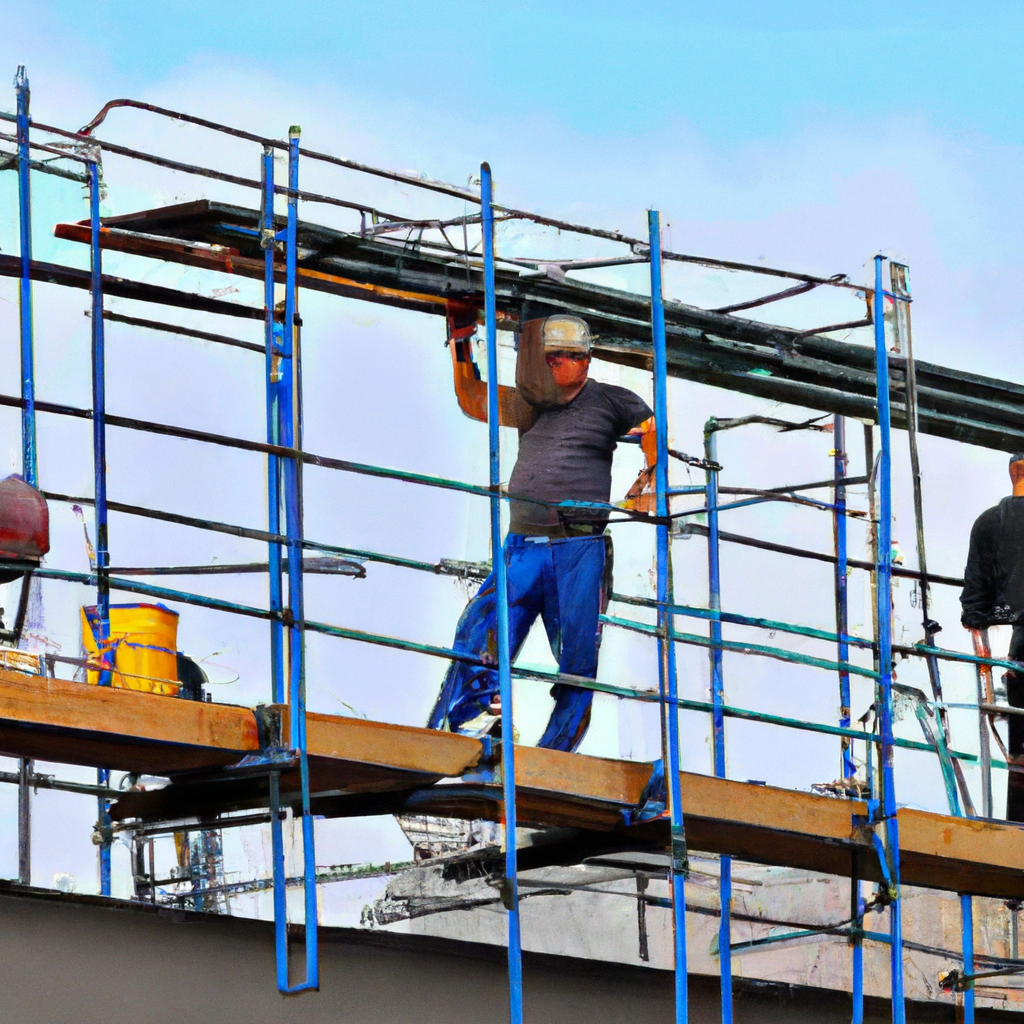
3. Tools and Equipment Safety
Using insulated tools is a fundamental safety practice during installation. Insulated tools are designed to protect you from electrical shocks by providing insulation between the tool’s handle and the conductive parts. When working with electrical components or in potentially hazardous environments, using insulated tools helps to minimize the risk of electrical accidents or injuries.
Properly maintaining and inspecting tools is another important aspect of safety. Regular maintenance and inspections help identify any damaged or worn-out tools that may pose a risk during installation. By ensuring that your tools are in good working condition, you reduce the likelihood of malfunctions or accidents caused by faulty equipment.
Utilizing lockout/tagout procedures is crucial when working with machinery or equipment that has energy sources, such as electrical or mechanical power. Lockout/tagout procedures involve isolating the energy sources and securing them with locks or tags to prevent accidental startup or release of stored energy. Following these procedures ensures your safety while working on or near energized equipment.
Securing tools and equipment is essential to prevent them from falling or causing accidents during installation. This can be achieved by using tool belts, lanyards, or other appropriate methods to keep the tools within reach and prevent them from becoming hazards. Securing tools and equipment reduces the risk of injuries caused by falling objects or tripping hazards in the work area.
Storing flammable materials safely is crucial to prevent fires or explosions. Flammable materials should be stored in designated, well-ventilated storage areas, away from ignition sources. Proper storage practices minimize the risk of accidents or injuries related to the mishandling or improper storage of flammable substances.
4. Fire Safety
Installing fire extinguishers is an essential safety measure during installation. Fire extinguishers should be readily accessible and strategically placed in areas where fire hazards are present. Knowing how to operate a fire extinguisher and having one nearby can help prevent small fires from escalating into larger ones and minimize property damage and potential injuries.
Establishing evacuation routes is crucial for emergency situations. In the event of a fire or other emergencies, clear and well-marked evacuation routes ensure that everyone can safely exit the building quickly. Conducting drills and regularly reviewing evacuation plans with all personnel can significantly improve response times and reduce the risk of injuries during an evacuation.
Providing adequate ventilation is an important aspect of fire safety. Proper ventilation systems help remove smoke, fumes, and toxic gases from the premises in the event of a fire. Well-maintained ventilation systems improve air quality, limit the spread of fire, and provide a safer environment for occupants.
Avoiding open flames or smoking is a basic fire safety precaution. Open flames, such as candles, should be avoided in areas where flammable materials are present. Smoking should be strictly prohibited in and around the installation area, as cigarette butts or ashes can easily ignite flammable substances. By eliminating potential ignition sources, the risk of fire accidents can be significantly reduced.
Performing fire safety drills regularly is essential to ensure that everyone is familiar with the emergency procedures and knows how to respond in the event of a fire. These drills help reinforce the importance of fire safety measures, improve coordination during emergencies, and ensure a safer environment for everyone involved.
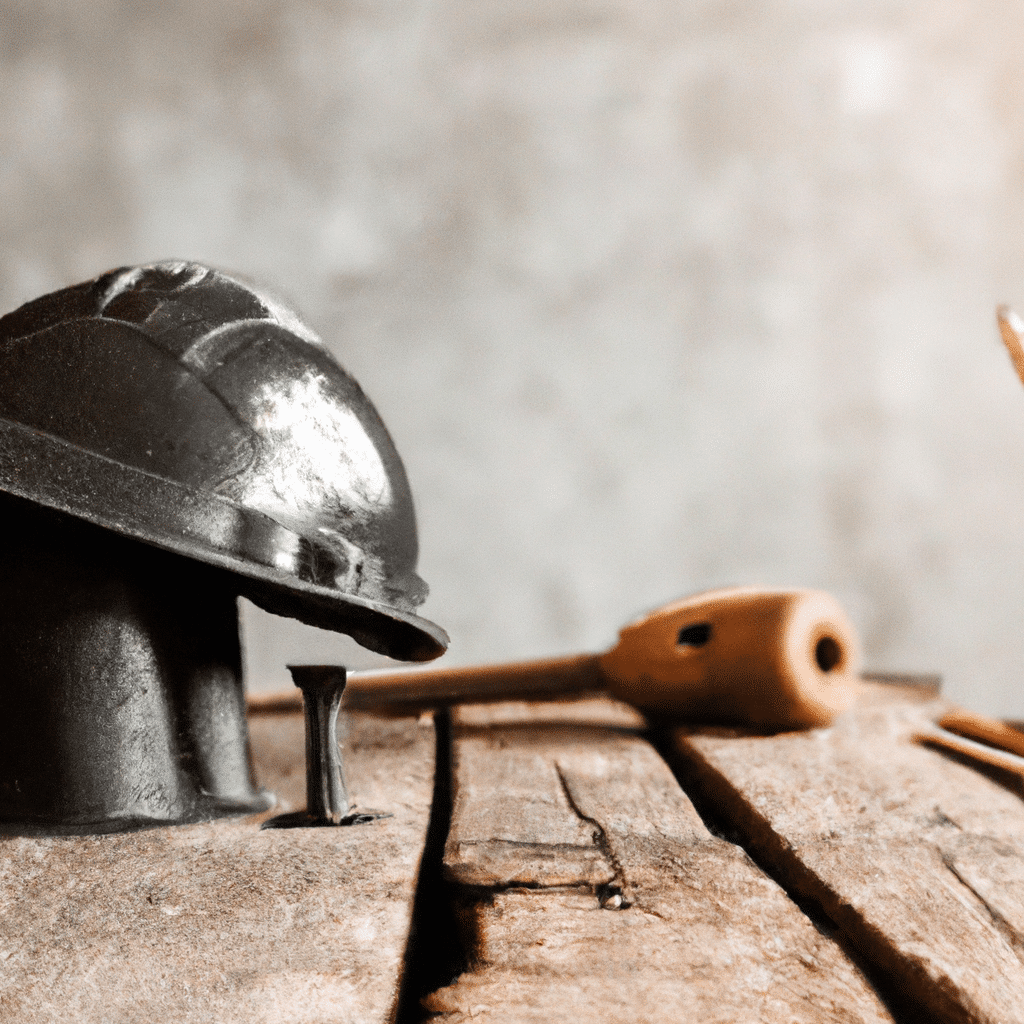
5. Chemical Safety
Identifying hazardous chemicals is an essential step in chemical safety during installation. Knowing what chemicals you are working with allows you to understand the associated risks and take appropriate precautions. Understanding the chemical properties, potential hazards, and proper handling procedures is crucial for maintaining a safe work environment.
Using chemical-resistant gloves and eyewear is crucial when dealing with hazardous chemicals during installation. These protective gear items provide a barrier between your skin and the chemicals, reducing the risk of chemical burns or injuries. It is essential to ensure that the gloves and eyewear are appropriate for the specific chemicals being handled.
Proper ventilation and control measures are vital for preventing the inhalation of toxic fumes or vapors. Adequate ventilation systems or the use of respiratory protection devices help to minimize exposure to hazardous chemicals in the air. Implementing control measures, such as containment systems or exhaust fans, can further reduce the risk of chemical exposure during installation.
Storing chemicals in approved containers is crucial to prevent spills, leaks, or other accidents. Chemicals should be stored in containers specifically designed for their storage and labeled correctly to ensure proper identification. Following storage guidelines and ensuring proper containment minimize the risk of chemical-related accidents or incidents during installation.
Training on chemical handling and spill response is essential for all personnel involved in the installation process. Proper training ensures that everyone understands the risks associated with handling hazardous chemicals and knows how to respond to chemical spills or accidents. By providing comprehensive training, you can significantly reduce the likelihood of chemical-related injuries or incidents.
6. Ergonomics and Lifting Safety
Using proper lifting techniques is vital for preventing strain or injury during installation. Implementing techniques such as bending the knees, keeping the back straight, and using leg muscles for lifting instead of the back can significantly reduce the risk of musculoskeletal injuries. By using the correct lifting techniques, you minimize the strain on your body and promote a safer work environment.
Implementing ergonomic design principles in the workplace is essential for ensuring comfort and preventing injuries. Ergonomic adjustments, such as adjustable workstations, ergonomic chairs, and proper lighting, help reduce fatigue, discomfort, and the risk of repetitive strain injuries. By creating a workspace that promotes proper posture and reduced physical stress, you can improve overall well-being and productivity.
Providing lift assist equipment is an effective way to reduce the risk of injuries during lifting or moving heavy objects during installation. Equipment such as lifting straps, dollies, or forklifts can help distribute the weight and alleviate the strain on the body. By utilizing lift assist equipment, you minimize the risk of overexertion or injuries caused by heavy lifting.
Organizing workstations for efficiency and safety is important during installations. Ensuring that tools, equipment, and materials are properly stored and easily accessible reduces the risk of accidents or injuries caused by clutter or disorganization. By maintaining a clean, tidy, and efficient workspace, you create a safer environment for yourself and others involved in the installation process.
Preventing overexertion and fatigue is crucial for maintaining personal safety during installations. Taking regular breaks, staying hydrated, and managing workloads can help prevent physical and mental exhaustion. Overexertion and fatigue can lead to decreased alertness, reduced focus, and increased susceptibility to accidents or injuries. By prioritizing personal well-being and managing workloads effectively, you create a safer work environment.
7. Hazard Communication
Labeling hazardous materials is an important practice to ensure that everyone in the workplace is aware of the potential risks. Clear and prominently displayed labels help identify hazardous substances, indicate proper handling procedures, and warn of any associated hazards. Proper labeling ensures that everyone can correctly identify and handle hazardous materials, reducing the risk of accidents or injuries.
Providing Safety Data Sheets (SDS) is another critical aspect of hazard communication. SDS contain detailed information about hazardous chemicals, including their properties, handling procedures, potential health effects, and emergency response measures. Providing access to SDS allows personnel to understand the hazards associated with specific chemicals and take appropriate precautions during installation.
Training on hazard communication is essential to ensure that all employees are aware of the potential risks and understand how to handle hazardous materials safely. Comprehensive training programs should cover topics such as the identification and labeling of hazardous materials, proper handling procedures, and emergency response protocols. By providing adequate training, you promote a safer work environment for all personnel involved in installations.
Establishing communication protocols is crucial to facilitate effective communication about potential hazards or incidents during installations. Clearly defining reporting lines, channels of communication, and emergency communication procedures ensures that information is relayed promptly and accurately to the necessary individuals or authorities. Effective communication helps prevent accidents or injuries by allowing for timely intervention or appropriate responses to hazardous situations.
Posting safety signage throughout the worksite is essential to remind personnel of potential hazards, communicate safety procedures, and provide emergency contact information. Well-placed safety signs serve as constant reminders and reinforce the importance of safety practices. By ensuring that safety signage is visible and informative, you promote a culture of safety and help prevent accidents or injuries.
8. Environmental Safety
Preventing environmental contamination is a critical aspect of safety during installation. This involves taking measures to ensure that pollutants or hazardous substances do not enter the environment. Proper containment systems, spill prevention measures, and responsible waste management practices help protect the environment and prevent potential harm to wildlife, ecosystems, and water sources.
Proper disposal of waste materials is an essential environmental safety precaution. Following appropriate disposal procedures for different types of waste, such as recycling or disposing of hazardous materials, helps prevent pollution and minimize the impact on the environment. Responsible waste management practices are crucial for maintaining a safe and sustainable work environment.
Implementing spill prevention and response procedures is vital to minimize the environmental impact of potential spills during installation. This includes installing containment measures such as spill berms or barriers, using absorbent materials to contain spills, and properly cleaning up and disposing of spilled materials. Quick and effective response to spills reduces the risk of environmental contamination and protects the surrounding environment.
Using environmentally friendly products whenever possible is a proactive approach to environmental safety during installation. Choosing products that are biodegradable, non-toxic, or have minimal impact on the environment helps reduce the overall environmental footprint of the installation process. By considering the environmental implications of the products used, you contribute to a healthier and more sustainable work environment.
Complying with environmental regulations is essential to ensure legal and ethical environmental practices during installation. Familiarizing yourself with local, regional, and national regulations pertaining to environmental safety helps prevent violations and potential penalties. By staying compliant with environmental regulations, you not only protect the environment but also maintain a positive reputation for your organization.
9. Personal Safety
Encouraging breaks and hydration is crucial for personal safety during installation. Taking regular breaks allows you to rest, recharge, and reduce the risk of fatigue or overexertion. Staying hydrated is equally important, especially in physically demanding work environments, as it helps maintain focus and prevents dehydration-related health issues.
Providing adequate lighting is essential for personal safety. Well-lit work areas minimize the risk of accidents, trips, or falls, allowing you to see potential hazards clearly. Adequate lighting also plays a crucial role in reducing eye strain and improving overall visibility, promoting a safer work environment.
Ensuring proper ventilation is important for personal safety, especially in areas where chemicals or airborne particles may be present. Good ventilation helps maintain clean air quality and minimizes exposure to potentially harmful substances. Proper ventilation systems or the use of personal respiratory protection devices further enhance personal safety by reducing the risk of respiratory complications.
Maintaining clean and tidy work areas is a fundamental aspect of personal safety. By keeping work areas free from clutter, debris, or other potential hazards, you create a safer environment for yourself and others. Regular cleaning and organization minimize the risk of trips, falls, or other accidents caused by a chaotic workplace.
Promoting good posture and stretching is crucial for maintaining personal safety during installations, especially when performing physically demanding tasks. Encouraging proper posture helps prevent musculoskeletal injuries and reduces strain on the muscles and joints. Regular stretching exercises, both before and after work, improve flexibility and further reduce the risk of injuries related to repetitive movements or overexertion.
10. PPE Maintenance and Usage
Inspecting and replacing PPE regularly is essential for maintaining personal safety. PPE, such as gloves, safety glasses, helmets, or respiratory protection devices, can become worn out or damaged over time. Regular inspection ensures that your PPE is in good condition and provides the necessary protection. When signs of wear or damage are detected, they should be promptly replaced to ensure continued safety.
Providing appropriate PPE for each task is crucial for personal safety during installation. Different tasks may require different types of PPE to adequately protect against specific hazards. Identifying the potential risks associated with each task and providing the necessary PPE helps protect individuals from potential injuries or exposure to hazardous substances.
Educating workers on proper PPE usage is vital to ensure that they understand the importance of using their protective equipment correctly. Training should cover topics such as how to properly wear and adjust PPE, when to use specific types of PPE, and how to maintain and care for the equipment. By educating workers on proper PPE usage, you minimize the risk of accidents or injuries caused by inadequate protection.
Storing and maintaining PPE correctly is crucial for ensuring its continued effectiveness. PPE should be stored in clean, dry, and designated areas to prevent damage or contamination. Additionally, PPE should be regularly cleaned and inspected for any signs of wear or deterioration. Proper storage and maintenance practices help extend the lifespan of PPE and ensure its reliability when needed.
Conducting fit tests for respiratory protection is essential when using respiratory protective devices. Fit tests ensure that the respirators provide an adequate seal and fit the individual correctly. An improperly fitted respirator can compromise its effectiveness and expose the wearer to harmful substances. By conducting fit tests, you ensure that workers are properly protected during installations involving respiratory hazards.
In conclusion, safety precautions during installations encompass a wide range of considerations. From electrical safety to environmental safety, personal well-being, and proper use of protective equipment, every aspect plays a crucial role in mitigating risks and ensuring a safe work environment. By following the outlined precautions and implementing comprehensive safety measures, you can protect yourself and those around you during installation activities. Remember, safety should always be a priority in any work setting. Stay safe!



